Suspension Noise – What’s Making Your Car Rattle?
If you hear clunking, creaking, or rattling every time you go over a bump, your suspension is probably trying to tell you something. Ignoring the sound can lead to faster wear, unsafe handling, and expensive repairs. The good news is that many suspension noises have simple fixes you can spot yourself before they become major issues.
Common Causes of Suspension Noise
Most suspension sounds come from three places: worn bushings, damaged shock absorbers, or loose hardware. Bushings are rubber or polyurethane blocks that cushion metal parts. When they dry out or crack, you’ll hear a squeak or a thud during turns. Shocks and struts absorb bumps; a leaking or broken shock will make a loud bang and cause the car to bounce more than normal. Finally, bolts, nuts, and brackets can loosen over time, especially after hitting potholes. A loose ball joint or control arm will create a knocking noise that gets louder as you speed up.
Another frequent offender is the sway bar link. This part reduces body roll, and when its bushings wear out, you’ll feel a clunk when cornering. Even the steering rack can make a whining or grinding noise if its mounts are failing. All these parts are relatively inexpensive, but if left unchecked they can damage other components like the tires or even the frame.
How to Diagnose and Fix It
Start by locating the noise. Push the car up on a jack and wiggle each wheel by hand. If the wheel has play or you feel a clicking, the tie‑rod or ball joint might be loose. Listen while someone gently bounces the front or rear of the car; a single loud thump usually points to a bad shock or strut. Check the suspension bushings for cracks, splits, or any fluid leaks.
If you spot a worn bushing, it’s often a quick swap. Most mechanics can replace them in under an hour, and many DIY‑friendly kits come with all the needed hardware. For shocks, look for oil on the shock body or a noticeably soft ride. Replacing a pair of shocks usually takes a couple of hours and restores handling instantly.
When you suspect a loose bolt, tighten it to the manufacturer’s torque spec. A torque wrench ensures you don’t over‑tighten and strip the threads. If the noise comes from the sway bar link, replace the worn bushings or the whole link assembly. It’s a cheap fix that stops the clunk during turns.
If you’re not comfortable lifting the car or don’t have the right tools, it’s wise to call a professional. Suspension work involves safety‑critical components, and a certified shop will test alignment after any repair to keep your car driving straight.
Regular maintenance can stop many suspension noises before they start. Have your shop inspect the suspension at every service, especially after hitting a deep pothole or curb. Keeping the components clean, lubricated, and properly tightened will keep the ride smooth and quiet.
In short, a noisy suspension is a warning sign, not just an annoyance. Identify the source, act quickly, and you’ll avoid costly damage while enjoying a safer, smoother drive.
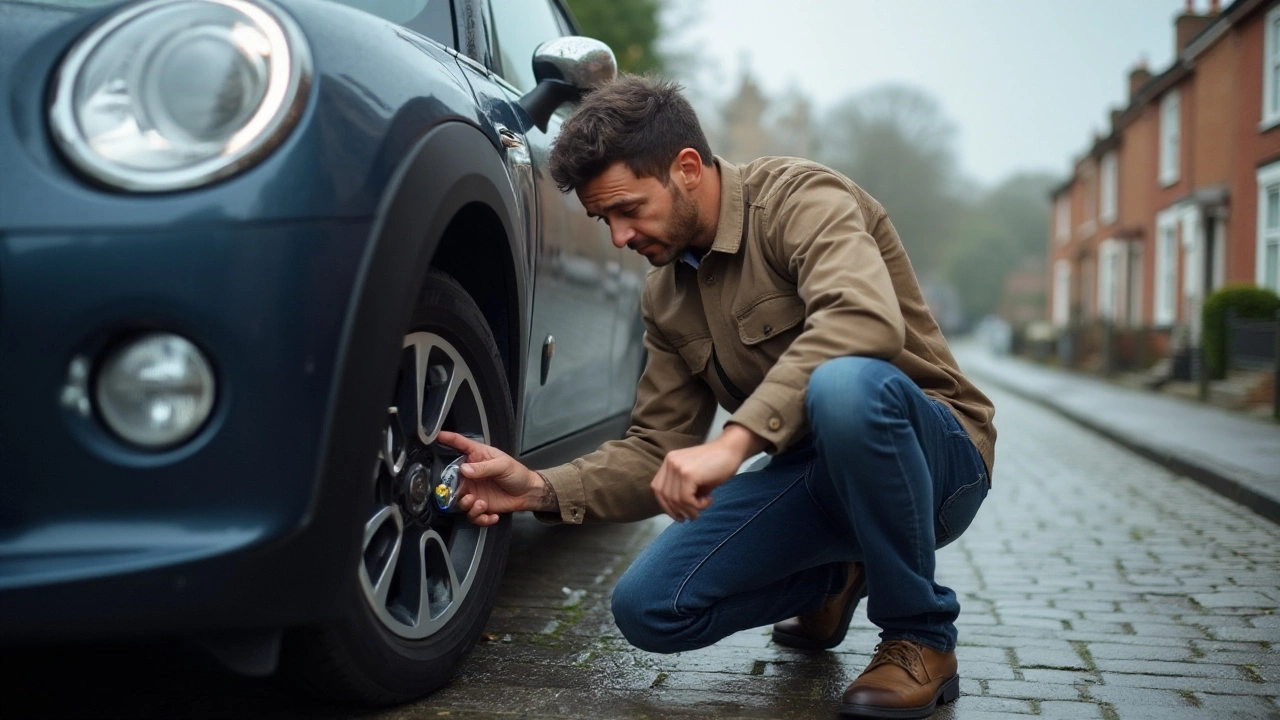 16 December 2024
16 December 2024
Identifying Bad Shock Absorber Noises in Your Vehicle
Discover the tell-tale sounds that indicate problems with your car's shock absorbers. Learn about the root cause of these noises, how they affect vehicle performance, and the steps you can take for maintenance and repair. Find tips on diagnosing suspension issues and why addressing them promptly is crucial for your safety. Ideal for drivers who want to ensure a smooth and safe ride.
Latest Posts
-
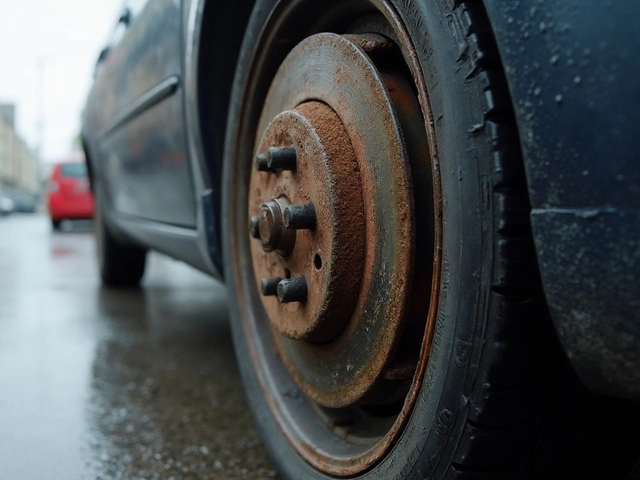
How to Tell If Rotors Are Bad: Easy Signs Your Brakes Need Help
-
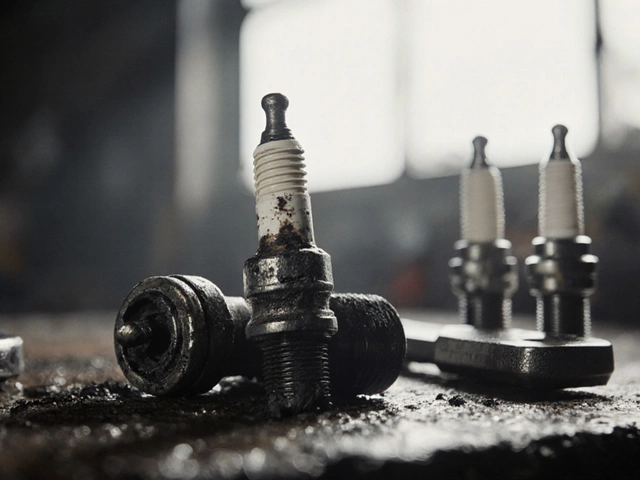
Do You Feel a Difference After Changing Spark Plugs? Here’s What Really Happens
-
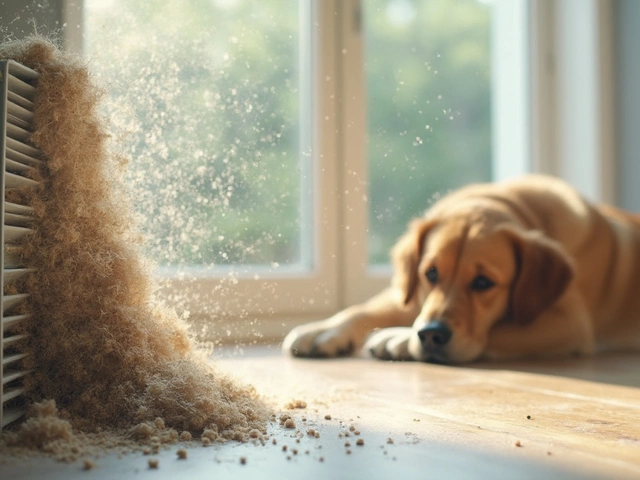
Will My AC Work Better If I Change the Filter? The Real Impact of Air Filters
-
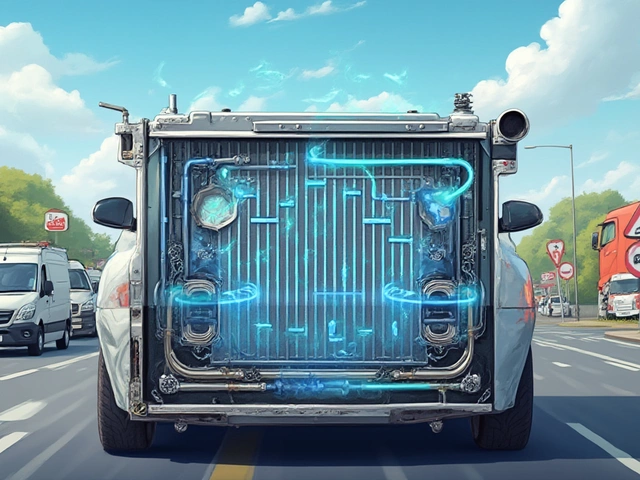
How Many Miles Do Car Radiators Last? Lifespan, Maintenance & Replacement Tips
-

Do Windshield Wipers Fit All Cars? A Comprehensive Guide

0